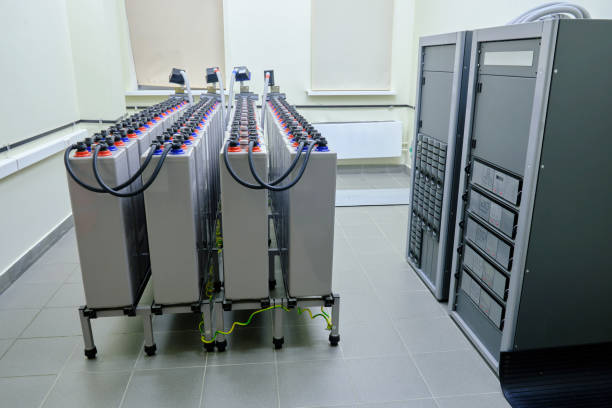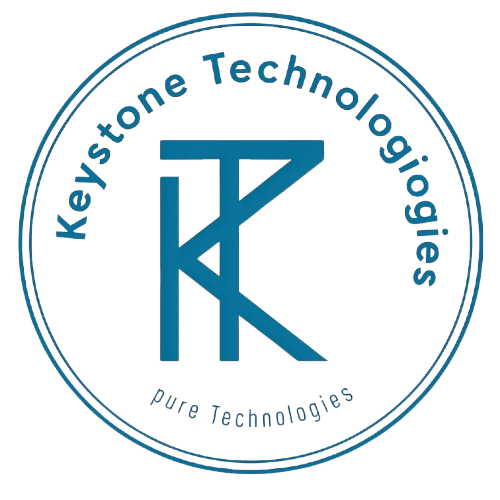
Commercial Uninterruptible Power Supply (UPS) Installations
Commercial UPS installations involve the design, supply, installation, and maintenance of backup power systems for businesses, institutions, and industrial facilities. A UPS system provides an immediate and reliable source of power during electrical outages, voltage fluctuations, or disturbances, ensuring business operations continue without interruption and sensitive equipment is protected.
What is a UPS?
A UPS (Uninterruptible Power Supply) is an electrical device that provides emergency power to a load when the input power source fails. It bridges the gap between the loss of main power and the start-up of backup generators, or it can run critical systems for a specified period.
Key Components of a Commercial UPS System
- Rectifier/Charger
Converts incoming AC power to DC and charges the UPS batteries. - Inverter
Converts DC power from batteries back to AC to supply connected devices during an outage. - Static Switch/Bypass
Allows seamless transfer between utility power and UPS power without interruption. - Batteries
Store energy for use during power failures or voltage dips. Commercial UPS systems often use large battery banks for extended runtime. - Monitoring and Control Panels
Allow real-time monitoring of UPS status, battery health, alarms, and load conditions. - Communication Interfaces
Enable integration with building management systems, alarms, and remote monitoring platforms.
Types of Commercial UPS Systems
- Online (Double Conversion) UPS: Provides continuous power through the inverter, ideal for critical loads and sensitive equipment.
- Line-Interactive UPS: Offers automatic voltage regulation and backup power, suitable for moderate protection needs.
- Offline/Standby UPS: Provides basic backup for short outages, typically for less critical equipment.
Installation Process
- Site Assessment and Load Analysis
- Evaluate building power requirements, critical loads, and runtime needs.
- Identify the appropriate UPS size and configuration.
- System Design
- Select UPS type, battery capacity, and necessary accessories.
- Plan installation layout, cabling, ventilation, and safety clearances.
- Procurement and Delivery
- Source high-quality UPS units, batteries, and supporting equipment.
- Installation
- Set up UPS units, install batteries, and connect to main and critical load panels.
- Configure bypass switches, monitoring interfaces, and alarms.
- Testing and Commissioning
- Perform load tests, simulate power failures, and verify automatic switchover.
- Ensure all monitoring and communication features function correctly.
- Training and Handover
- Train facility staff on UPS operation, monitoring, and emergency procedures.
Maintenance and Support
- Regular Inspection: Routine checks of battery health, inverter operation, and system status.
- Preventive Maintenance: Scheduled servicing, firmware updates, and battery replacements.
- Emergency Support: Rapid response and troubleshooting in case of faults or failures.
- Remote Monitoring: 24/7 oversight for critical facilities.
Benefits of a Commercial UPS System
- Business Continuity: Prevents costly downtime and data loss during power outages.
- Equipment Protection: Shields sensitive electronics from surges, sags, and spikes.
- Compliance: Meets regulatory and insurance requirements for critical infrastructure.
- Scalability: Systems can be expanded as business needs grow.
- Peace of Mind: Ensures reliable power for essential operations.
We are the best installer and maintenance provider of Commercial UPS systems in Zambia.
Our team delivers expert consultation, high-quality products, professional installation, and dependable after-sales service. Trust us to keep your business powered—no matter what.
